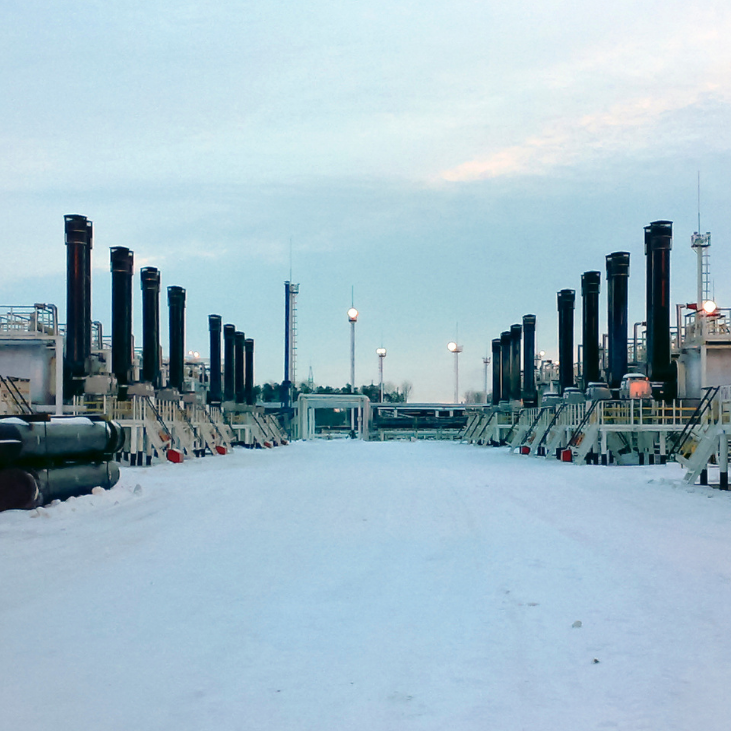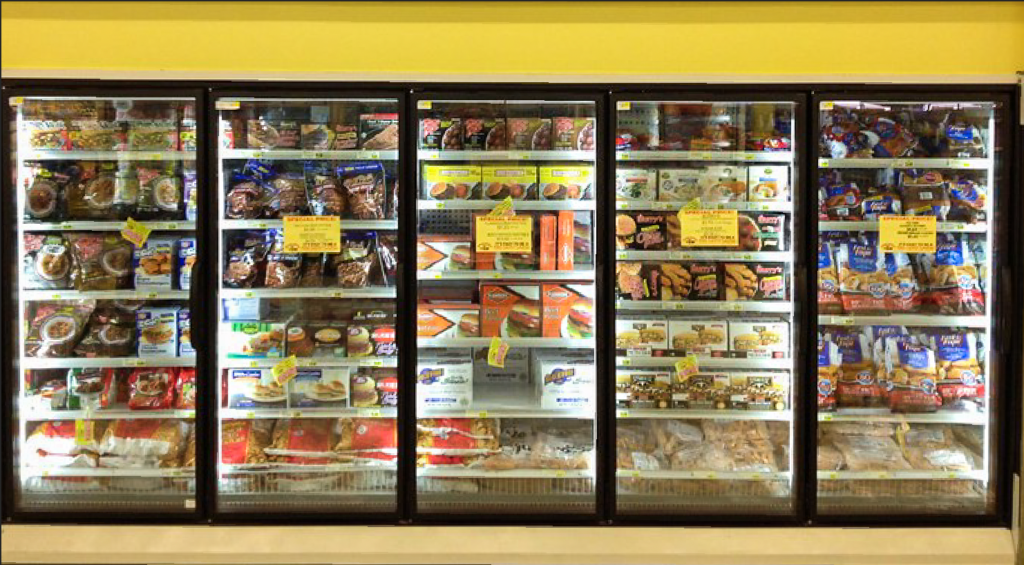Now that we’re in the middle of winter, do you know if your lights are ready for the cold weather? Most people are not aware that environmental temperature is a huge factor when it comes to a light’s functionality. From incandescent to LEDs, different types of light handle the cold differently, but did you know LEDs actually thrive in it?
When it comes to sustainability in cold weather, LED lights are more durable in these conditions compared to old traditional lights. Unlike incandescent or fluorescents, LEDs does not contain mercury. Mercury vapor pressure tends to drop the lower the temperature, resulting in less mercury to start up the lights.
Difference between old style lights to LEDs in freezing temperatures

While there are still people that use incandescent, CFLs, or halogen bulbs, these types of lighting are not really made to withstand environments with very cold temperature. Most old style lighting has a high operating temperature, making it difficult to warm up and function.
On the other hand, LED lights are a great solution for this. LEDs have an operating temperature that can go below -30 degrees Celsius. As compared to incandescent or fluorescent lighting, LEDs provide sharper, higher intensity illumination and better visibility overall.
Where can you find LED lights in cold areas?

When it comes to cold areas, regular lighting tends to wear down easily due to excessive heat emission, which is generally a bad thing for a few reasons. It would mean energy inefficiency, and would sometimes cause the lights to burst when the temperature drops. The ultimate purpose of light bulbs is to emit light and not heat.
LEDs are perfect for places in freezing conditions like power plants in the arctic regions, submarines, road lights during winter, and freezers. The temperatures would often go down to negative numbers, and when that happens, it’s important that the lights does not falter.
Also, since LEDs do not contain mercury and minimal glass components, it is easier for them to withstand extreme weather change. Aside from the cold conditions, LEDs can also hold out against tough weather conditions. In cases like snowstorms or earthquakes, the solid-state design of most LEDs makes them resistant to shock and vibration as well.

